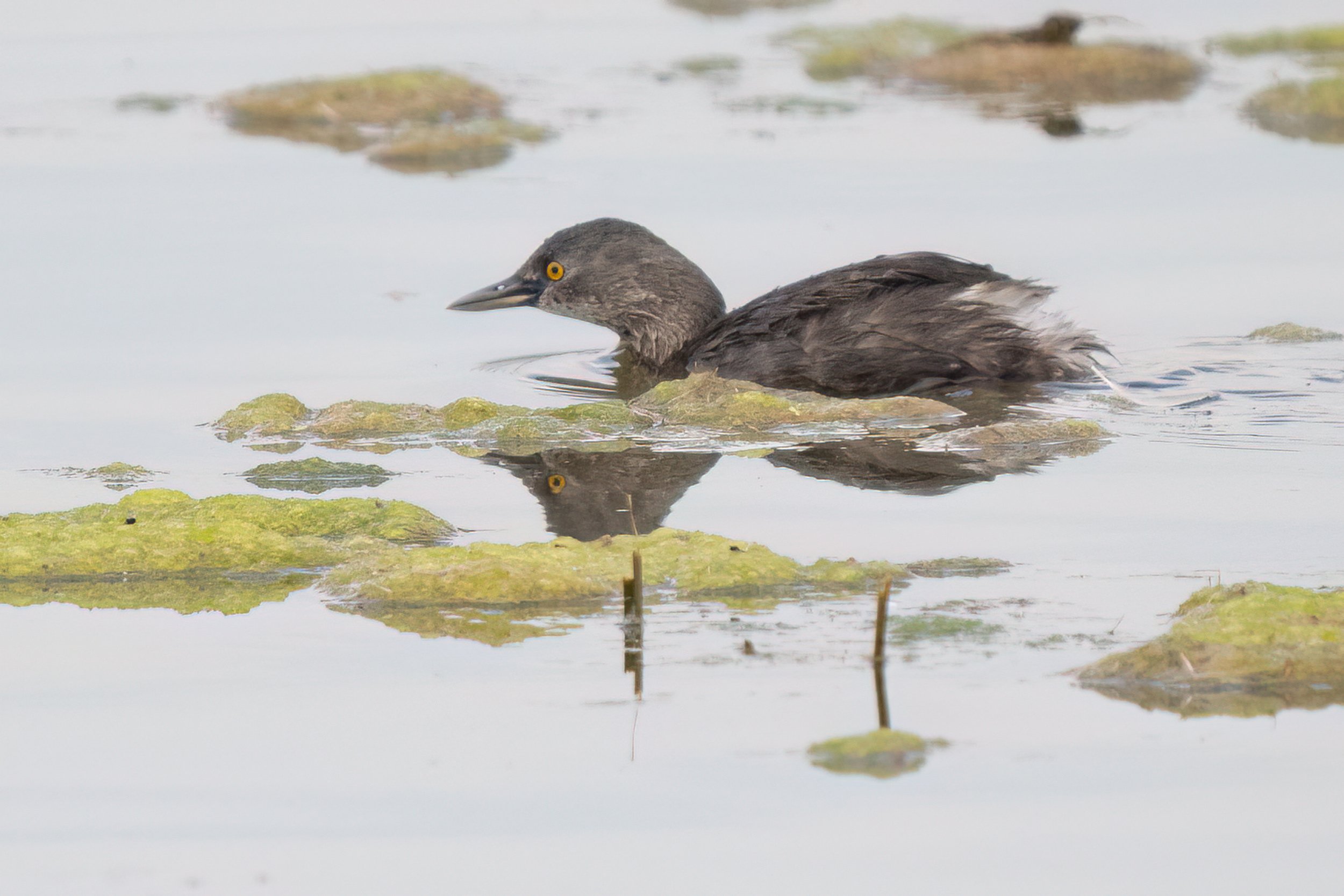Specialty birds in the Lower Rio Grande Valley, TX - Part 4 - Common Pauraque & Plain Chachalaca
/INTRODUCTION
A continuation of a visual checklist of my efforts to capture images of birds that in the United States are seen primarily in the Lower Rio Grande Valley in Texas. The descriptions of the birds are terse.
The Common Pauraque & Plain Chachalaca are featured in this post.
The combination of the Olympus OM-1 camera and the 150-400 mm f/4.5 TC lens was used to capture all the images displayed in this series.
Common Pauraque - Estero Llano Grande State Park, TX
Focal length: 150 mm
1/320 sec @ f/6.3, ISO 2500
Handheld
Common Pauraque - A pictorial definition of camouflage.
Common Pauraque - Estero Llano Grande State Park, TX
Focal length: 234 mm
1/500 sec @ f/5.6, ISO 2500
Handheld
Common Pauraque - Estero Llano Grande State Park, TX
Focal length: 150 mm
1/500 sec @ f/5.6, ISO 2500
Handheld
Resident, not migratory. Resident in South Texas, Mexico (both coasts), Central and South America.
Plain Chachalaca - NABA International Butterfly Park, TX
Focal length: 150 mm
1/12800, 320 sec @ f/5.6, ISO 3200
(Accidental setting)
Handheld
Large brown chicken-like bird with a long tail and neck.
Plain Chachalaca - NABA International Butterfly Park, TX
Focal length: 183 mm
1/800 sec @ f/4.5, ISO 2000
Handheld
Plain Chachalaca - NABA International Butterfly Park, TX
Focal length: 183 mm
1/1600 sec @ f/4.5, ISO 2000
Handheld
In the U.S. the range of the Plain Chachalaca is restricted to the Rio Grande Valley area of Texas. They are year round residents in their range.

























